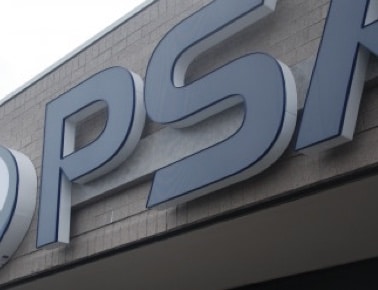Hiring Qualified Talent & Improving Employee Health
Organizations seeking to control insurance costs should consider working with their HR departments to review specific hiring practices and identify employee benefits costs drivers. By hiring qualified employees and having the resources they need to be healthy, organizations can retain great team members, minimizing turnover to reduce hiring costs, and keep Worker’s Comp and benefits […]

![[hero image]](https://www.psafinancial.com/wp-content/uploads/2019/07/home-pg-hero-1.jpg)






